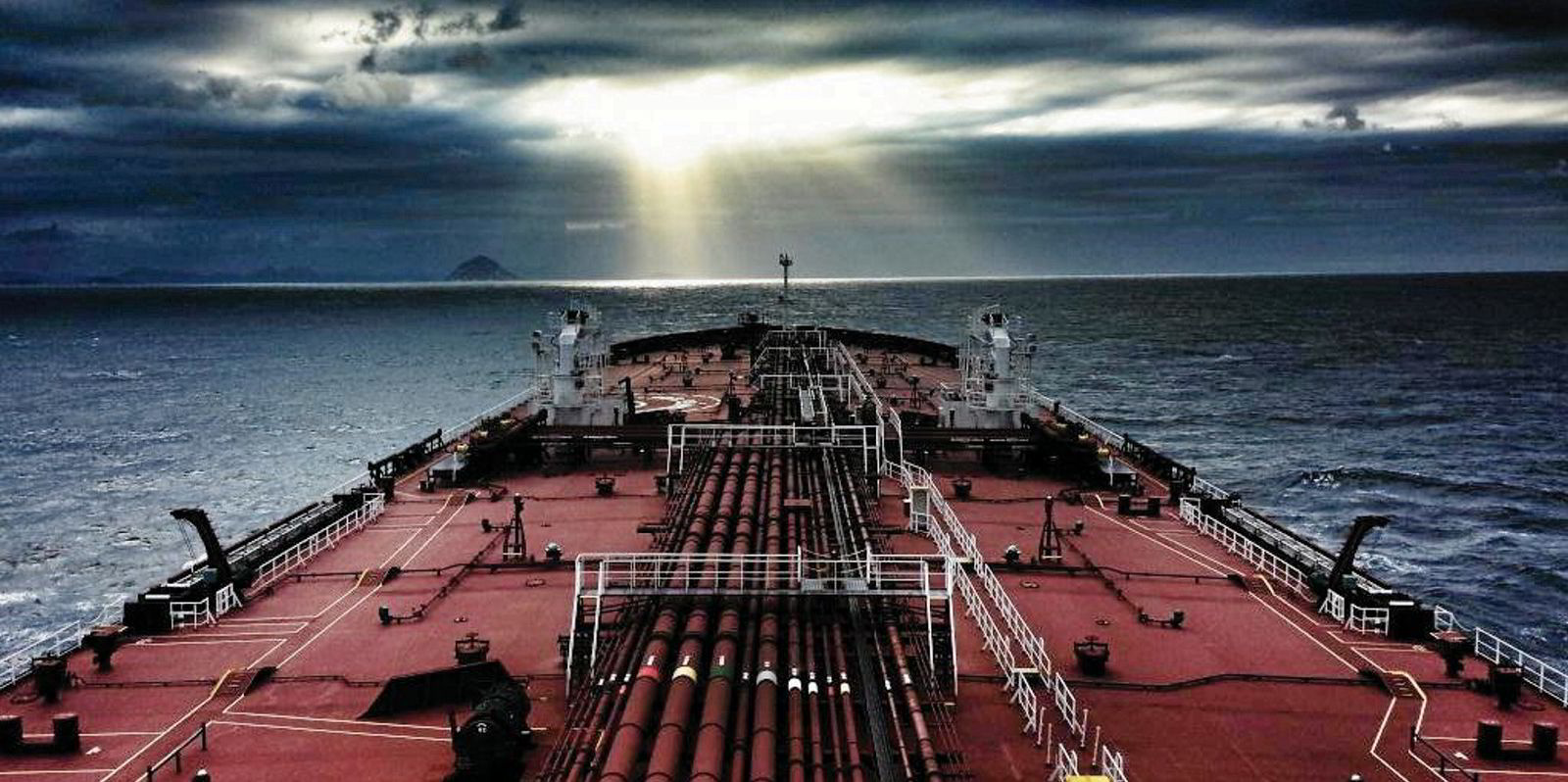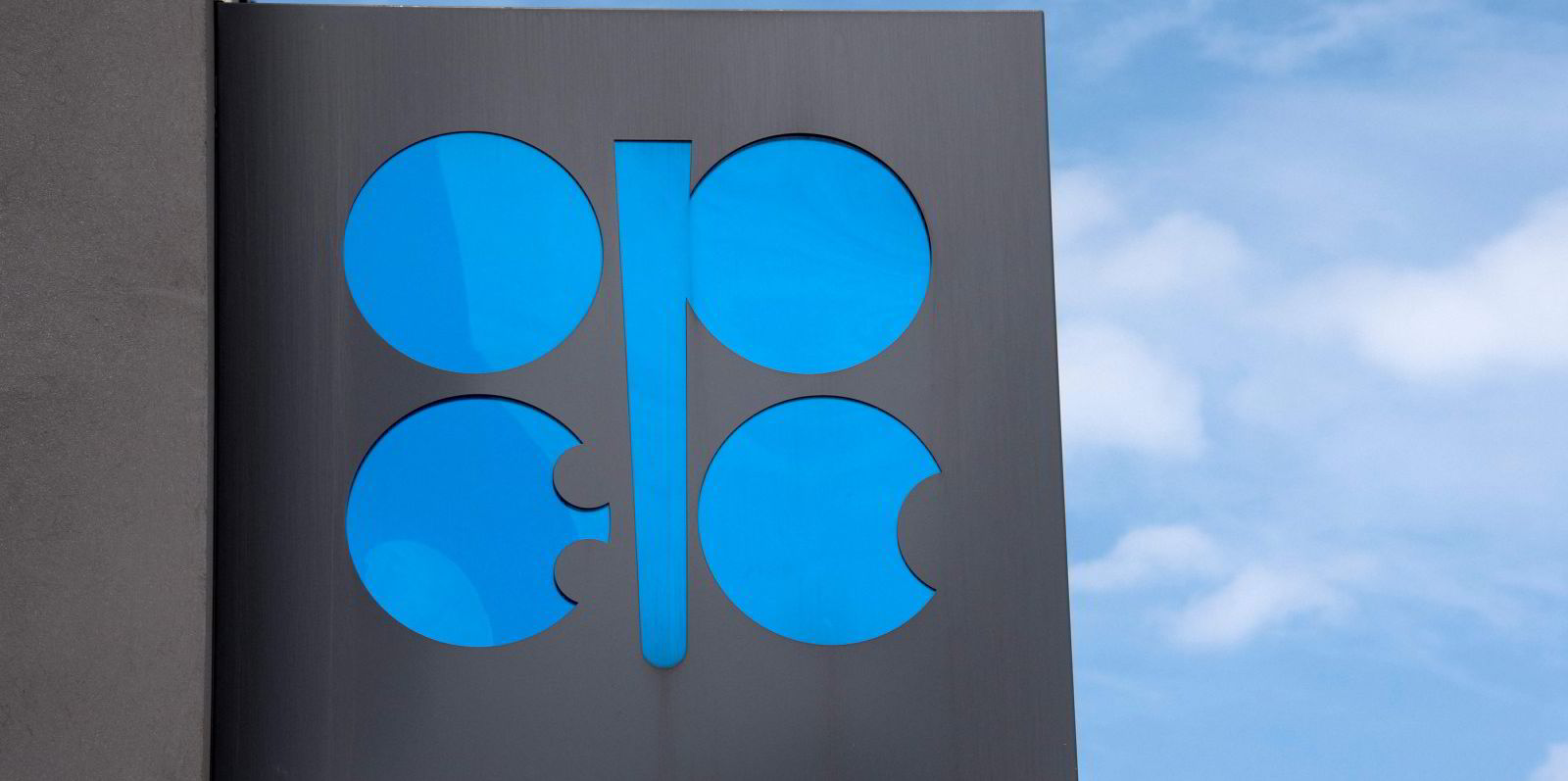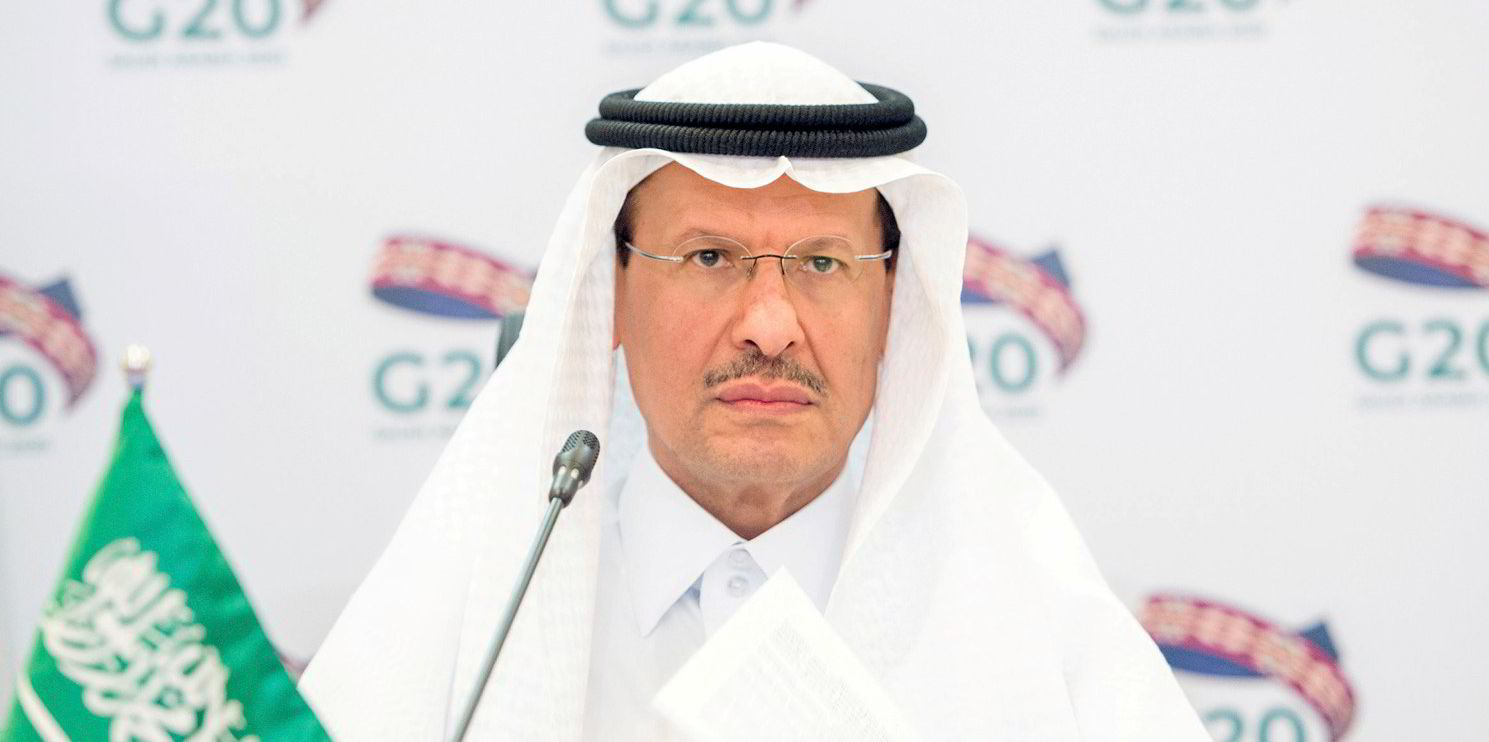For tanker owners that yearned for more crude exports from Opec+, which would have triggered a recovery in shipping demand, the window of hope has now slammed shut.
Opec and its Russia-led allies, taking a cue from the slowing pace of oil destocking, have decided to allow only a marginal production hike in April.
Crude tanker earnings — having hovered close to their multi-year lows over the past months — are widely expected to stay in the doldrums in the short term due to low vessel requirements and high bunker costs.
“On the ground, nothing much has changed yet compared to six months ago,” Banchero Costa research head Ralph Leszczynski told TradeWinds. “For tankers, the picture still looks poor for the coming months.”
There is speculation that producers in the Atlantic basin — especially the US — could hike exports following the Opec+ decision, prompting more tonne-mile demand.
And tanker owners and analyst expect the market to enjoy a stronger recovery in the second half of 2021 if large drawdowns of petroleum inventories occur.
But shipowners are urged to embrace slow steaming and scrap vintage assets to ride out the storm first.
Tonnage reduction
Clarksons Platou Securities analysts Frode Morkedal and Omar Nokta said tanker owners should reduce speeds, which would lower fuel costs, lift earnings and help tighten tonnage supply.
Despite an extremely weak rate environment, Clarksons Research data shows only four crude tankers of 240,000 dwt each have been recycled this year.
But Euronav’s head of investor relations, Brian Gallagher, told TradeWinds that for many owners the logical choice would be to look at exiting, especially with firm scrap prices.
A total of 62 VLCCs aged over 15 years are due for special surveys, and they could be good candidates for demolition, Gallagher added.
More tonne miles
Some industry experts, such as Frontline Management’s interim chief executive Lars Barstad, said tonne-mile demand would increase if North Sea, West African, US and Brazilian producers increase their exports to Asia.

“I’m pretty confident the strategy Opec now are following will trigger increased activity, supply and export from US shale,” Barstad said.
Others questioned whether the US would want to flush the market, given that Opec+ can quickly come back to fight for market share.
“The high price will undoubtedly be favourable for the US shale oil producers,” Drewry’s lead tanker analyst Rajesh Verma said.
“However, investor pressure on shale-oil producers to focus more on returns and less on output might cap any significant growth in the country’s production and exports.”
After many small producers sold their assets to major players such as Chevron in recent years, BRS research head Andrew Wilson does not expect shale output to rise at a fast pace.
“The independent players previously would have to service their debts and they ran very, very, very hard,” Wilson said. “The big companies tend to run the wells in a more conservative manner. We're not going to get the rapid rebound we saw before.”
Demand weakness
Moreover, Vortexa senior freight analyst Arthur Richier said oil importers may lack buying appetite even if producers outside of the Opec+ alliance want to raise exports.
Spring is traditionally the refinery maintenance season, with investment bank Fearnley Securities estimating that 7.5m-barrels-per-day processing capacity would be offline in the second quarter.
Chinese refiners are also expected to reduce crude purchases due to rising prices and high stocks, after filling their tanks with cheap barrels purchased last year.
“I don't think demand has recovered and doubt whether there is appetite for cargo,” Richier said.
Long-term gain
The consensus is that the Opec+ agreement will put tanker markets on a firmer footing from the third quarter — assuming oil-demand recovery can gain momentum amid mass vaccination.
“The continued production curbs will speed up the market balancing as inventories will come down quickly, which eventually will pave the way for a quicker rebound in crude-oil trade and tonnage demand,” Verma said.
Barstad added that inventories may even fall below “normalised levels”, resulting in shipping demand “both for consumption and baseline inventory refill at the same time” later this year.
“You've got to get through these stocks,” Wilson said. “It's a bit of short-term pain, but hopefully for long-term gain.”








